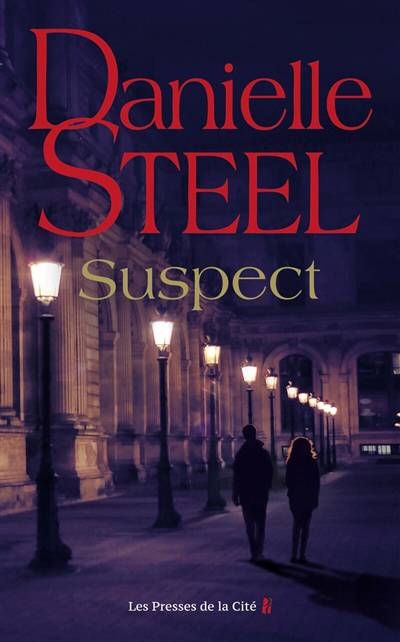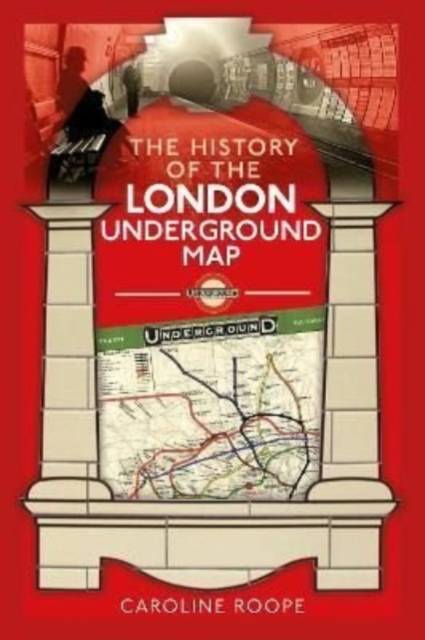
- Retrait gratuit dans votre magasin Club
- 7.000.000 titres dans notre catalogue
- Payer en toute sécurité
- Toujours un magasin près de chez vous
- Retrait gratuit dans votre magasin Club
- 7.000.0000 titres dans notre catalogue
- Payer en toute sécurité
- Toujours un magasin près de chez vous
Description
Few transportation maps can boast the pedigree that London's iconic 'Tube' map can. Sported on t-shirts, keyrings, duvet covers, and most recently, downloaded an astonishing twenty million times in app form, the map remains a long-standing icon of British design and ingenuity. Hailed by the art and design community as a cultural artifact, it has also inspired other culturally important pieces of artwork, and in 2006 was voted second in BBC 2's Great British Design Test.
But it almost didn't make it out of the notepad it was designed in.
The story of how the Underground map evolved is almost as troubled and fraught with complexities as the transport network it represents. Mapping the Underground was not for the faint-hearted - it rapidly became a source of frustration, and in some cases obsession - often driving its custodians to the point of distraction. The solution, when eventually found, would not only revolutionise the movement of people around the city but change the way we visualise London forever.
Caroline Roope's wonderfully researched book casts the Underground in a new light, placing the world's most famous transit network and its even more famous map in its wider historical and cultural context, revealing the people not just behind the iconic map, but behind the Underground's artistic and architectural heritage. From pioneers to visionaries, disruptors to dissenters - the Underground has had them all - as well as a constant stream of (often disgruntled) passengers. It is thanks to the legacy of a host of reformers that the Tube and the diagram that finally provided the key to understanding it, have endured as masterpieces of both engineering and design.
But it almost didn't make it out of the notepad it was designed in.
The story of how the Underground map evolved is almost as troubled and fraught with complexities as the transport network it represents. Mapping the Underground was not for the faint-hearted - it rapidly became a source of frustration, and in some cases obsession - often driving its custodians to the point of distraction. The solution, when eventually found, would not only revolutionise the movement of people around the city but change the way we visualise London forever.
Caroline Roope's wonderfully researched book casts the Underground in a new light, placing the world's most famous transit network and its even more famous map in its wider historical and cultural context, revealing the people not just behind the iconic map, but behind the Underground's artistic and architectural heritage. From pioneers to visionaries, disruptors to dissenters - the Underground has had them all - as well as a constant stream of (often disgruntled) passengers. It is thanks to the legacy of a host of reformers that the Tube and the diagram that finally provided the key to understanding it, have endured as masterpieces of both engineering and design.
Spécifications
Parties prenantes
- Auteur(s) :
- Editeur:
Contenu
- Nombre de pages :
- 224
- Langue:
- Anglais
Caractéristiques
- EAN:
- 9781399006811
- Date de parution :
- 21-09-22
- Format:
- Livre relié
- Format numérique:
- Genaaid
- Dimensions :
- 154 mm x 236 mm
- Poids :
- 476 g

Les avis
Nous publions uniquement les avis qui respectent les conditions requises. Consultez nos conditions pour les avis.






